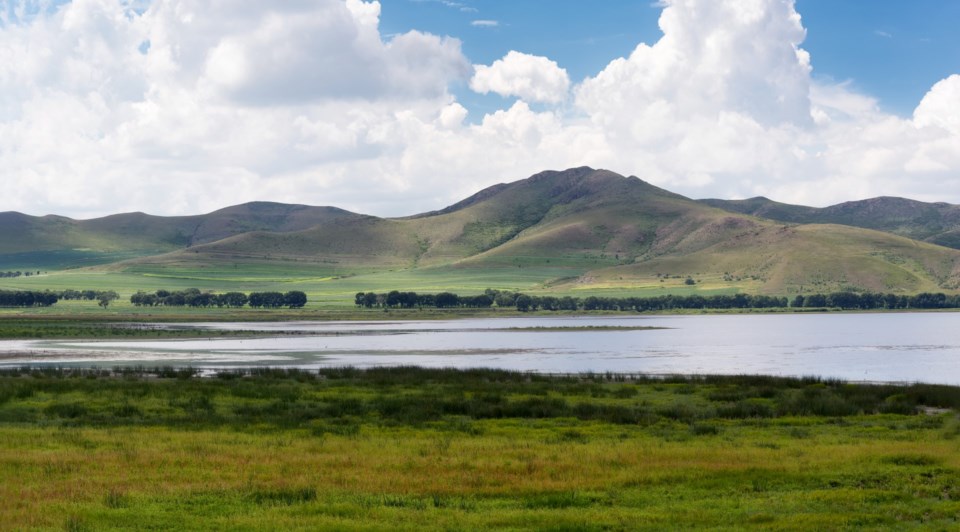In the bitterly divided, highly partisan world of Washington, D.C., few institutions are more divided and more partisan than the Supreme Court.
The court showcased that split again on May 25 when it significantly narrowed the federal government’s authority to protect wetlands under the 51-year-old Clean Water Act (CWA) in Sackett v. Environmental Protection Agency. The 5-4 decision was as groundbreaking as it will be water-polluting, say environmental advocates.
The facts of the case are clear: in 2007, an Idaho couple, the Sacketts, planned to build a home near a lake. As construction began, EPA ordered it halted “because their lot contain(ed) wetlands protected by the CWA, which bars the discharge of pollutants, including rocks and sand, into ‘navigable waters,’ ” explained the independent, peer-reviewed SCOTUSblog.
The Sacketts didn’t file suit over the fact that a wetland was on their property; everyone agreed that there was. Instead, the fight ensued over whether the wetland drained into a “navigable water” as defined under the Clean Water Act.
EPA ruled it did, but the Sacketts disagreed, noting that the wetland first drained into an unnavigable creek before it drained into the indisputably “navigable” lake. Despite court loss after court loss, the couple pursued the case until it rose, appeal after appeal, to the high court.
The court, unsurprisingly, accepted the case because previous Supreme Court rulings in Clean Water Act cases seemed to muddy the complicated law “as property owners and the federal government wrestled with how far to extend its protections against polluting the navigable waters of the country,” Roll Call, a U.S. news agency focussing on Capital Hill, recently explained.
Farm and ranch groups joined the Sacketts in the fight. After decades of tiptoeing through legal and legislative fights over what constitutes a “navigable water,” everyone — even environmental groups — wanted someone, be it Congress, the courts or the White House, to arrive at a clear, workable clean water rule.
Previous attempts centred around the broadly interpreted, EPA-empowering Waters of the United States rule.
To most farmers, the Waters of the United States, or WOTUS rule, was a “I-can’t-tell-you-what-it-is-until-I-see-it” EPA trap that had not kept up with agriculture’s rapid industrialization under the aging Clean Water Act. The courts agreed and, as such, WOTUS went through several updates and revisions under succeeding administrations.
The May 25 Sackett decision, however, ended that bitter, decades-long fight by starting another bitter, probably decades-long fight.
Justice Samuel Alito (he of recent Alaskan water fame) wrote that the Sacketts had been right from the get-go: “In sum, we hold that the CWA extends to only those ‘wetlands with a continuous surface connection to bodies that are waters of the United States’ in their own right.’ ”
In fact, Alito added, “they are ‘indistinguishable’ from those waters.”
The decision, joined by Chief Justice John Roberts, Justice Clarence Thomas, Justice Amy Coney Barrett and Justice Neil Gorsuch, “significantly shrank the reach of the federal clean water protections, dealing a major blow to President Joe Biden’s efforts to restore protections to millions of acres of wetlands and delivering a victory to multiple powerful industries,” reported Politico.
That’s an understatement — most land developers, farmers and ranchers were elated after the razor-thin decision was handed down.
Also understated are the ruling’s long-term consequences, notes DemocracyNow, a left-leaning news organization. The court’s action “ends protections for about half of all wetlands in the contiguous United States, jeopardizing access to safe drinking water for millions.”
In a curious twist, the court’s other four justices agreed that the Sacketts had been right from the start but strongly disagreed with their colleagues’ solution: knee-capping the Clean Water Act by appointing themselves “as the national decision-maker on environmental policy.” That was Congress’s job and, in fact, it had done that job when it “drafted the CWA.”
Justice Brett Kavanaugh went further in his dissent. Writing for his three colleagues, Kavanaugh, a Trump appointee, noted that the “court’s new (WOTUS) test is ‘sufficiently novel and vague’ and that it will create precisely the kind of regulatory uncertainty that the majority criticized.”
In short, the split decision only further muddies the law and rural America’s increasingly dirty waters — navigable or unnavigable.
Alan Guebert is an agricultural commentator from Illinois.




